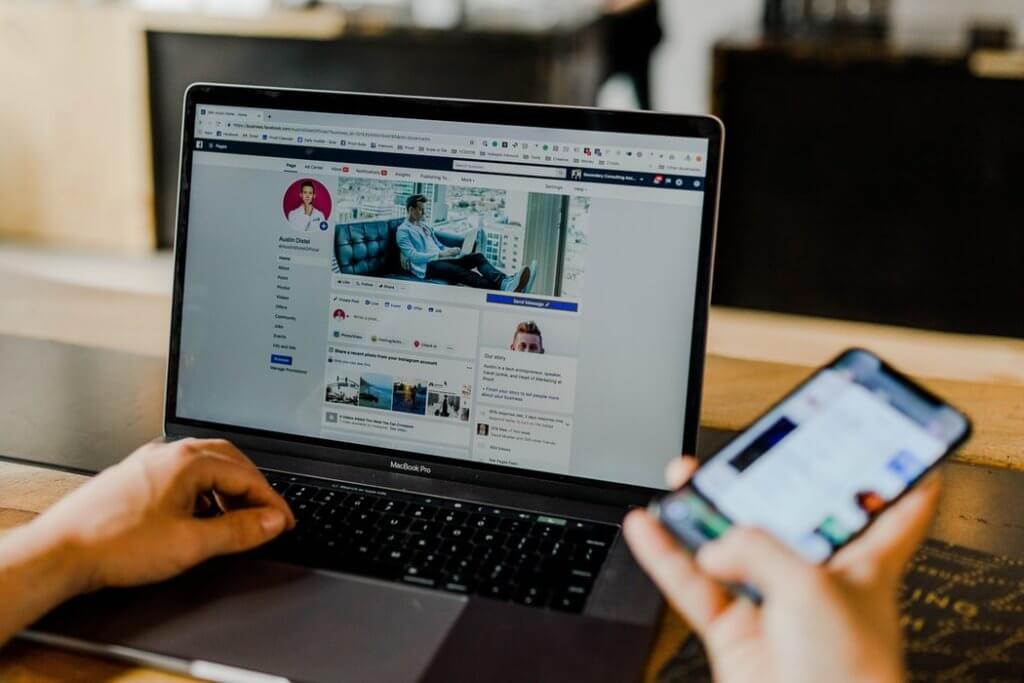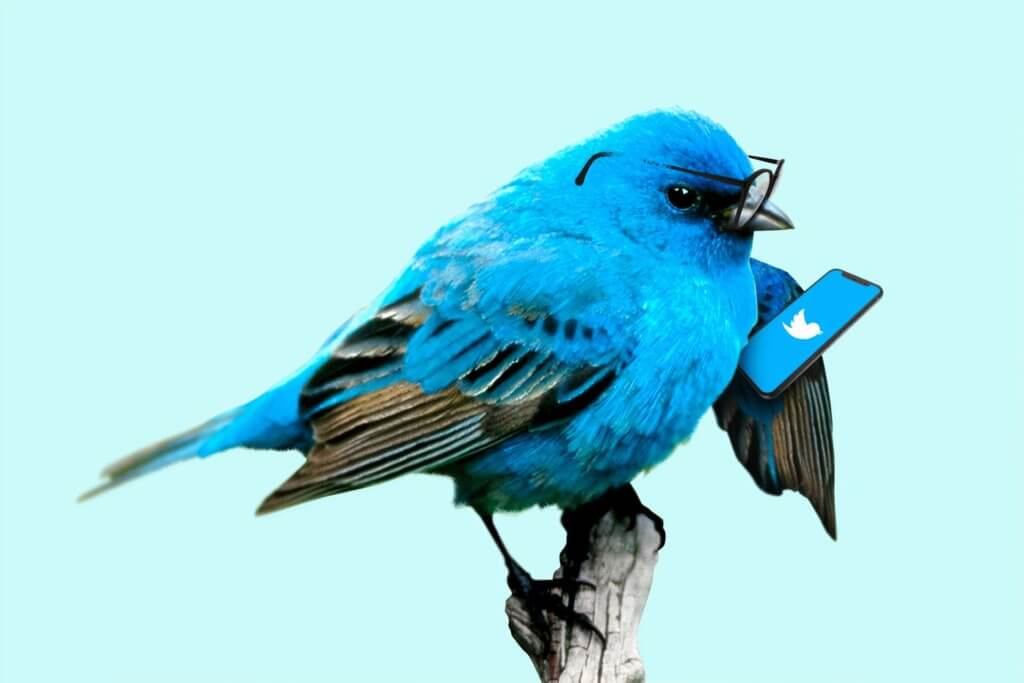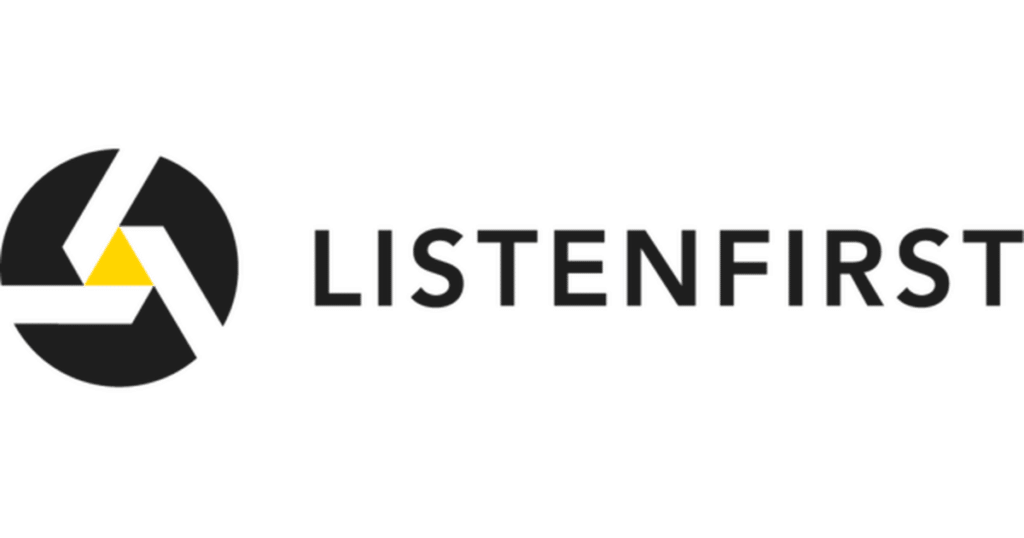Learning From #StopHateForProfit July And If The Boycott Is Carrying Into August

With more than 1,100 businesses ultimately signing up for the Anti-Defamation League’s #StopHateForProfit Boycott of Facebook and Instagram ads in July 2020, the campaign succeeded at getting both the press and the public’s attention. However, what facts actually changed on the ground for brands around social media? Now that July has ended, we answer those […]
Why The #StopHateForProfit Boycott Isn’t Benefiting Twitter

This is the third in our series of check ins on how the #StopHateForProfit boycott asking brands to stop advertising on Facebook and Instagram is impacting social media and brand’s relationship to those platforms. In this week’s installment, we share a general update while also specifically focusing on how Twitter is or isn’t being impacted […]
